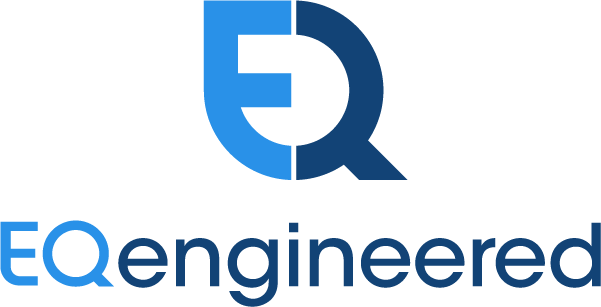Reflections on Microsoft Build 2025: Strategic Insights for Decision Makers by Russ Harding
Leveraging AI-assisted development and communication technologies to drive modernization
GitHub Copilot: A Capable Junior Developer—With Supervision
At Microsoft Build 2025, GitHub Copilot took center stage once again—this time as more than just a code completion tool. Microsoft showcased new capabilities that edge it closer to being a real development partner, including “agent mode” where Copilot can take on full tasks, open pull requests, and interact with broader systems.
Right now, the best way to think about Copilot is as a capable junior developer. It excels at filling in repetitive code, creating boilerplate, and even drafting test cases or simple data structures. But like any junior developer, it still needs a senior developer looking over its shoulder. The quality of Copilot’s output varies. It doesn’t understand architectural intent or context. Sometimes it generates insecure or outdated patterns. And if you are not careful, a less experienced developer might accept flawed suggestions that introduce bugs or technical debt.
With experienced oversight and thoughtful use, Copilot becomes a serious productivity tool. Teams report significant time savings—especially in the prototyping and exploratory phases. In the next 12–18 months, Microsoft plans to expand its reach into code reviews, DevOps pipelines, and asynchronous agent workflows. It’s evolving fast, and leaders should keep a close eye on its trajectory. But it is not a drop-in replacement for experience. Governance, validation, and clear usage policies are non-negotiables.
Model Context Protocol (MCP): The Fabric for Agentic AI Systems
MCP, or Model Context Protocol, was introduced at Build 2025 as an open standard for secure, governed communication between AI agents and the services with which agents interact.
Think of it as the protocol layer that will let autonomous agents—AI systems that act on your behalf—talk to each other and to enterprise systems. MCP standardizes how these tools discover capabilities, authenticate securely, and take actions across cloud services, internal apps, and public APIs.
Done correctly, MCP enables serious gains in automation and efficiency. Imagine an AI agent that can fetch CRM records, check inventory in SAP, and send an alert through Teams—all through a common, auditable interface. MCP is what makes that possible. Microsoft is already integrating MCP into Windows, GitHub Copilot, and services like Dynamics 365 and Dataverse.
However, if implemented without reliable oversight, you risk enabling hallucinating agents that make autonomous decisions based on incorrect or incomplete data. Hallucinations stem from the models or agents built on top of MCP, not the protocol itself. Still, the warning stands: governance and validation are essential.
What This Means for Decision Makers
The overarching message from Build is clear: the AI wave isn’t coming—it’s here. And, the organizations that benefit won’t be the ones who adopt first; they will be the ones who adopt correctly.
If you’re a CxO, EVP, or technical leader, you should be thinking about:
How to safely integrate Copilot into your SDLC
Where and when autonomous agents are appropriate
Who will be responsible for oversight and governance
How you will evaluate the outputs of these systems
Copilot and MCP are not turnkey solutions. They are levers. And like any lever, they can lift a lot—or cause damage—depending on how they are used.
Microsoft’s own messaging backs this up. At Build, they stressed enterprise controls, identity management, compliance enforcement, and robust tooling for observability. They are giving us the tools. It is up to us to build the scaffolding.
Final Thoughts
We are moving into a world where “AI-assisted development” will be the norm, not the edge. The decisions your organization make this year will set the tone for how AI is leveraged in your organization over the next five. Copilot, MCP, and the tools introduced at Build 2025 offer huge potential—but they demand thoughtfulness, clarity, and strong leadership.
In short: plan for autonomy, but build for control. That is how you scale safely and strategically into the next era of software development.

